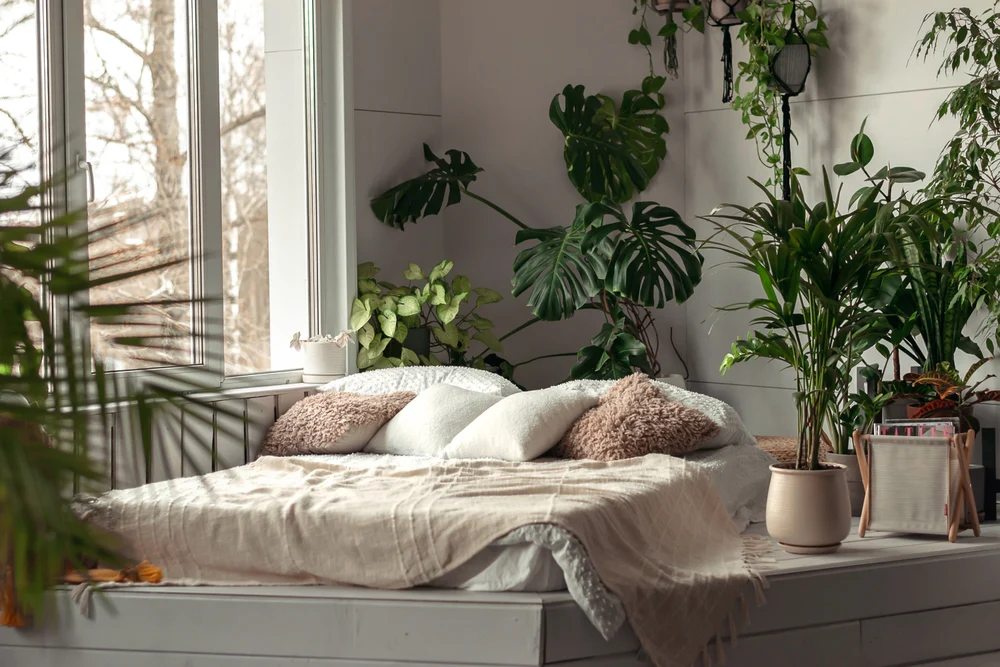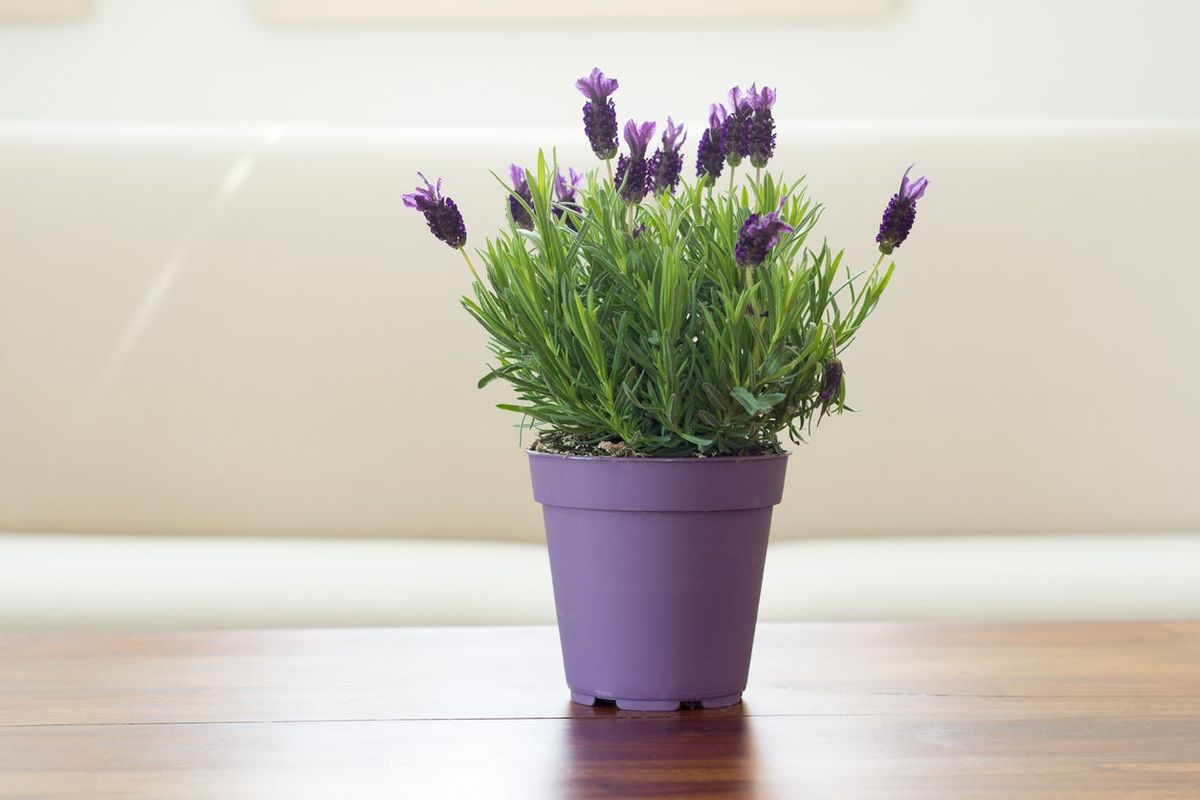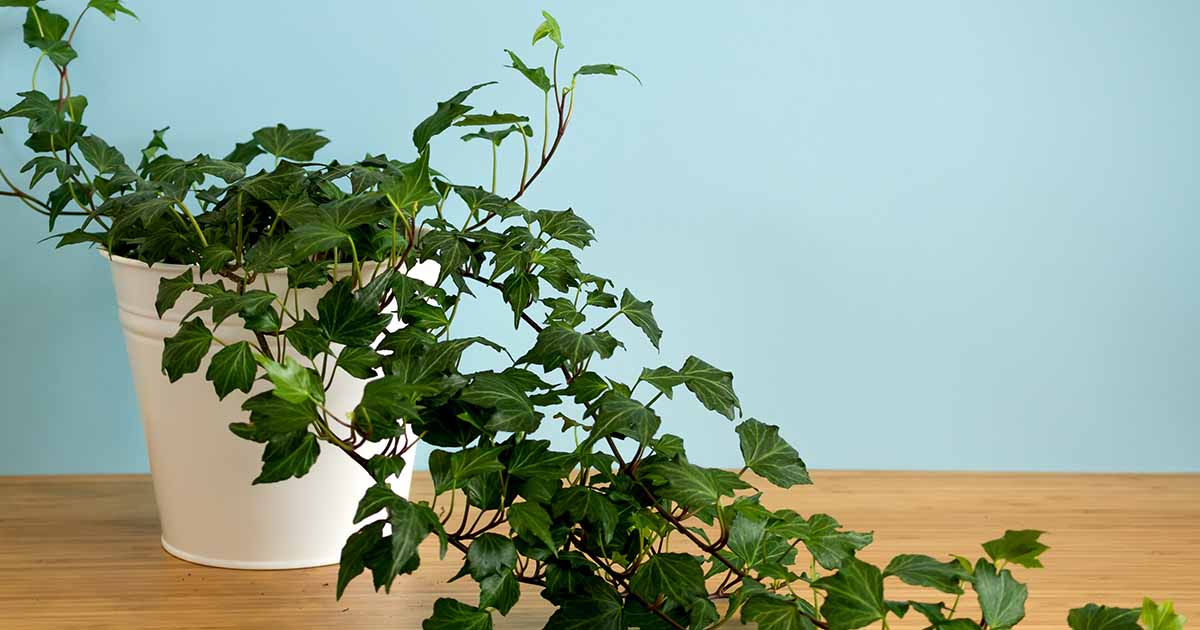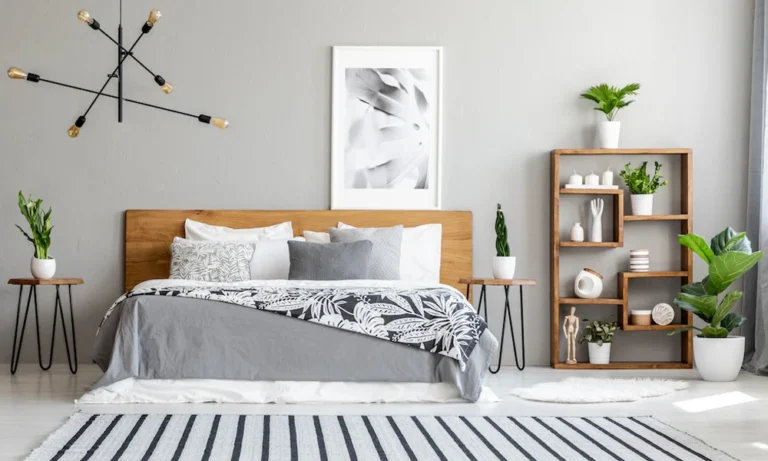Contents
Introduction
Have you ever wondered how to make your bedroom a true sanctuary for restful sleep and relaxation? It turns out that something as simple as adding a few plants can make a huge difference! In our fast-paced lives, finding ways to unwind and get a good night’s sleep is more important than ever. And guess what? The right plants can help you achieve both.
Plants do more than just brighten up a room—they can actually improve your sleep quality and help you relax. But how exactly do they work their magic? Well, it’s all about how they interact with the air you breathe and their calming effect on your mind. Plants like lavender and peace lilies are not just pretty; they have natural properties that can reduce stress, purify the air, and even help you breathe better at night.
Imagine drifting off to sleep with the subtle scent of lavender gently wafting through the air or waking up refreshed in a room that’s been cleaned by a snake plant. These aren’t just fantasies; they can be your reality with a little bit of greenery in your bedroom.
In this guide, we’ll dive into the best bedroom plants that can help you sleep better and feel more relaxed. We’ll cover what each plant does, how to care for them, and where to place them in your room for the best results. Plus, we’ll give you tips on creating a peaceful environment that’s perfect for winding down after a long day.
So, if you’re ready to transform your bedroom into a calming retreat, keep reading! You might just find the perfect plant to help you catch those Z’s and enhance your relaxation.
The Connection Between Plants and Sleep Quality
You might be wondering, “How do plants actually help with sleep and relaxation?” Great question! Let’s break it down in simple terms. It all comes down to the way plants interact with the air in your bedroom and how they affect your mood.

How Plants Influence Indoor Air Quality
First up, let’s talk about air quality. We all know that clean air is crucial for good health, but did you know that plants can play a big role in making the air in your bedroom better? Plants like the snake plant and aloe vera are natural air purifiers. They absorb harmful toxins and release oxygen, which can help you breathe easier and sleep more soundly. Basically, they’re like nature’s air fresheners, but way more effective!
Plants and Their Impact on Psychological Well-being
Now, let’s get to the fun part—how plants make you feel. Ever noticed how just looking at greenery can make you feel more relaxed? That’s because plants have a soothing effect on our brains. Studies show that being around plants can lower stress levels and boost your mood. So, when you add a few of these green beauties to your bedroom, you’re not just improving the air; you’re also creating a more calming environment.
Plants like lavender have been shown to reduce anxiety and promote relaxation. The gentle scent of lavender can help lower your heart rate and make it easier to unwind at night. It’s like having a natural sleep aid right in your room!
In a nutshell, having plants in your bedroom isn’t just about making your space look nice. It’s about creating a healthier, more relaxing environment that can help you get the restful sleep you need. And with so many amazing plants out there, finding the right ones for your bedroom can be both fun and beneficial.
So, if you’re looking to improve your sleep and create a more peaceful space, adding some plants might just be the answer. Let’s explore which ones can help you get those Z’s and make your bedroom a true haven for relaxation.
Top Bedroom Plants for Better Sleep and Relaxation
Ready to green up your bedroom and turn it into a cozy, restful retreat? Let’s dive into some of the best plants that can help you sleep better and feel more relaxed. These aren’t just any plants; they’ve been chosen for their unique benefits that promote a peaceful atmosphere. Here’s a rundown of our top picks:
Lavender (Lavandula)
First on our list is lavender, and for good reason! Lavender is famous for its calming scent, which can help reduce anxiety and promote a more restful sleep. Just imagine drifting off to sleep with the soothing aroma of lavender in the air. Plus, it’s super easy to care for—just give it plenty of sunlight and a little water, and you’re all set. Place a pot of lavender on your nightstand or window sill for a touch of tranquility right where you need it.

Snake Plant (Sansevieria trifasciata)
Next up is the snake plant, also known as mother-in-law’s tongue. This plant is like a superhero for your air quality. It’s known for its ability to filter out toxins and release oxygen, especially at night when you need it most. Snake plants are super low maintenance and thrive on neglect, making them perfect for busy folks. Just find a spot with indirect light, and let it do its thing. It’s an easy way to breathe cleaner air while you sleep.
Aloe Vera (Aloe barbadensis miller)
Aloe vera isn’t just for soothing sunburns—it’s also great for your bedroom! This plant is a natural air purifier and can help reduce stress. Aloe vera is pretty low-maintenance, too. It likes bright, indirect light and only needs occasional watering. Place it on a shelf or a sunny window ledge to enjoy its benefits and its unique look. Plus, the gel inside can come in handy for any minor skin issues.
Peace Lily (Spathiphyllum)
The peace lily is another fantastic choice for improving your bedroom environment. Not only does it help purify the air by removing toxins, but it also adds a touch of elegance with its beautiful white blooms. Peace lilies thrive in low to medium light and prefer a bit of humidity, so they’re perfect for a bedroom setting. Keep it in a spot where it can get some indirect light and enjoy its air-purifying powers and calming presence.
Chamomile (Matricaria chamomilla)
Chamomile isn’t just for tea—it can also help you relax and sleep better! This plant has a soothing effect that can help reduce stress and anxiety. It needs a bit more care than some other plants, like regular watering and a sunny spot, but the benefits are worth it. Place a pot of chamomile near your bed to enjoy its calming effects and maybe even brew some tea from the blooms.
English Ivy (Hedera helix)
Last but not least is English ivy, a plant that’s great for reducing mold and allergens in the air. This makes it a fantastic choice if you’re looking to improve air quality and manage allergies. English ivy is a bit of a climber, so you might want to place it on a high shelf or use a trellis for it to grow on. It does well in indirect light and needs regular watering.

So there you have it—a list of top bedroom plants that can help you relax, breathe easier, and get a better night’s sleep. Each of these plants has its unique benefits, so pick the ones that best fit your space and your needs. With a little green in your room, you’ll be on your way to a more restful and rejuvenating sleep environment!
Creating the Ideal Bedroom Environment with Plants
So you’ve got your list of top bedroom plants, and you’re excited to start adding them to your space. But how do you make the most of them? It’s all about creating the perfect environment where these plants can thrive and help you relax. Let’s break down how to set up your bedroom to get the best benefits from your leafy friends.
Combining Plants for Maximum Effect
One plant might be great, but combining several can create an even better atmosphere. Mixing plants like lavender and peace lilies can enhance both air quality and relaxation. For example, you might place a lavender plant on your nightstand for its soothing scent, while a snake plant in the corner helps keep the air fresh. The key is to choose plants that complement each other’s benefits and fit your space.
Think about layering plants at different heights to add visual interest and maximize their effects. A taller plant like the snake plant can go on the floor, while smaller plants like chamomile can sit on shelves or windowsills. This layering creates a lush, calming environment and ensures that each plant has the space it needs to thrive.
Plant Placement and Bedroom Design
Now, let’s talk placement. Where you put your plants can make a big difference in how well they work for you. Here are some tips for integrating plants into your bedroom design:
- Near the Bed: Placing plants like lavender or peace lilies close to your bed can help you benefit from their calming effects right where you sleep. Just make sure they’re not too close to your pillow to avoid any potential allergy issues.
- In Bright Spots: Plants like aloe vera need a bit of sunlight to stay healthy, so put them in a bright spot, like near a window. They’ll soak up the sun and help keep your bedroom’s air fresh.
- Away from Drafts: Make sure your plants aren’t in drafty areas where they might not do well. Most indoor plants prefer stable conditions, so a spot away from windows that open often or air conditioning units is ideal.
- Visual Harmony: Choose pots and planters that match your bedroom decor. Whether you like sleek modern pots or rustic, cozy ones, the right container can enhance your room’s look and make the plants feel like a natural part of the space.
Creating a Relaxing Atmosphere
Plants can do more than just clean the air—they can also help set the mood for relaxation. To create a truly calming environment:
- Combine with Soft Lighting: Use soft, warm lighting around your plants to create a cozy ambiance. A bedside lamp or fairy lights can make your plant arrangements look inviting and soothing.
- Add Relaxing Elements: Pair your plants with other relaxation tools, like aromatherapy diffusers or comfortable bedding. The combination of a clean, green environment and soothing scents can help you unwind more effectively.
- Keep it Tidy: Make sure to regularly care for your plants—dust them off, water them as needed, and remove any dead leaves. A well-maintained plant setup is not only visually pleasing but also ensures that your plants are working their best for your relaxation.
By thoughtfully combining and placing your plants, you can create a bedroom that not only looks beautiful but also promotes better sleep and relaxation. With the right setup, your bedroom can become a true retreat where you can escape from the hustle and bustle of daily life.
Additional Tips for Using Plants to Promote Relaxation
So, you’ve picked out your favorite plants and set them up in your bedroom—awesome! But to get the most out of them and truly boost your relaxation and sleep quality, here are a few extra tips to keep in mind. These simple tricks can help ensure your plants stay healthy and continue to create a soothing environment.
Maintaining Plant Health
Keeping your plants in top shape is crucial for reaping their relaxation benefits. Here’s how to keep them happy and healthy:
- Regular Watering: Each plant has its own watering needs, so make sure you know how much and how often each one requires. Overwatering or underwatering can stress plants out and reduce their benefits. A good rule of thumb is to check the soil moisture before adding more water.
- Proper Lighting: Make sure your plants are getting the right amount of light. Some plants need bright, indirect light, while others thrive in low light. Position them according to their needs to keep them thriving.
- Cleaning and Dusting: Dust can accumulate on plant leaves, which can block light and reduce their ability to photosynthesize. Gently wipe the leaves with a damp cloth or give them a light shower every now and then to keep them clean and effective.
- Pest Control: Keep an eye out for pests like spider mites or aphids. If you spot any, treat your plants with natural remedies or insecticidal soap to keep them pest-free.
Complementing Plants with Other Relaxation Techniques
While plants are fantastic for promoting relaxation, combining them with other calming practices can create a truly serene environment. Here’s how:
- Aromatherapy: Pair your plants with essential oils or a diffuser for added relaxation. Scents like lavender, chamomile, or eucalyptus can complement the calming effects of your plants and enhance your overall sense of tranquility.
- Soft Lighting: Create a cozy atmosphere with soft, warm lighting. Use bedside lamps, string lights, or a dimmer switch to set the mood and make your plant-filled space even more inviting.
- Comfortable Bedding: Invest in comfy bedding and pillows to complete your relaxation zone. A cozy bed combined with the soothing presence of plants can help you unwind and get better sleep.
- Calming Sounds: Add a white noise machine or play soothing music to help drown out any disruptive sounds. The combination of calming sounds and a plant-filled environment can enhance your relaxation and make it easier to drift off.
Creating a Holistic Relaxation and Sleep-Friendly Environment
To make your bedroom a true haven for relaxation, think about the whole picture. Incorporate plants as part of a broader strategy to create a peaceful space. Consider the following:
- Declutter: A tidy room can help reduce stress and make your plants stand out more. Keep your bedroom organized and free from excess clutter to maintain a calm atmosphere.
- Personal Touches: Add personal items that make you feel good, like favorite books or photos, alongside your plants. Personal touches can make your space feel even more relaxing and uniquely yours.
By following these tips, you’ll ensure that your plants not only enhance your bedroom’s air quality but also contribute to a peaceful, relaxing environment. With a bit of care and the right additional techniques, your plant-filled bedroom can become the ultimate retreat for relaxation and restful sleep.
Conclusion
Alright, you’ve made it through all the tips and tricks for using plants to enhance your bedroom’s relaxation and sleep quality. Let’s recap why adding greenery to your space can make such a big difference and why you should start incorporating these plants into your bedroom today!
Summary of Benefits
To sum it up, plants aren’t just beautiful additions to your bedroom—they offer real benefits that can help you sleep better and feel more relaxed. From air-purifying powerhouses like the snake plant and peace lily to calming companions like lavender and chamomile, each plant has its unique role in creating a healthier, more serene environment. By filtering toxins, boosting oxygen levels, and providing soothing scents, these plants contribute to a more restful and peaceful space.
Encouragement to Experiment
Don’t be afraid to try out different plants and see what works best for you. Everyone’s space and preferences are a little different, so experimenting with various plants can help you find the perfect combination for your bedroom. Whether you’re drawn to the elegant peace lily or the low-maintenance snake plant, there’s a plant out there that can enhance your sleep and relaxation routine.
Call to Action
Ready to transform your bedroom into a relaxing retreat? Start by choosing a few of these top plants and find the best spots for them in your room. Remember, creating a calming environment is all about making small, positive changes that add up to a big impact. So go ahead, get some greenery, and enjoy the benefits of a more peaceful, restful sleep space.
With the right plants and a bit of care, you’ll be well on your way to enjoying a more relaxing and restorative sleep experience. Happy planting, and here’s to better sleep and relaxation in your newly refreshed bedroom!



